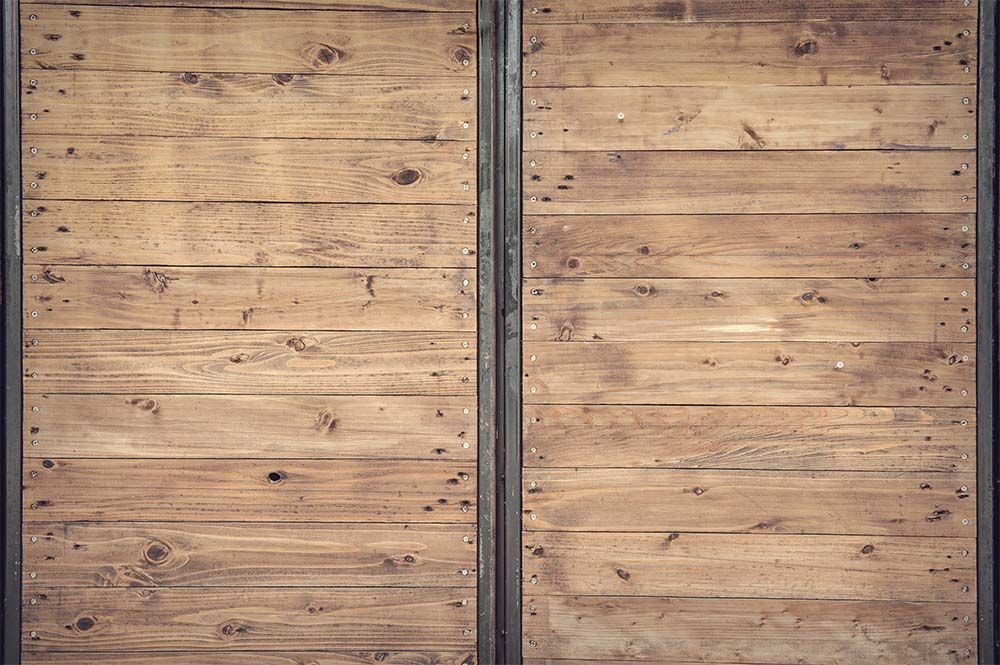Timber cladding is a growing popular choice for outdoor and outdoor surfaces. Otherwise known as wood weather or wooden siding, it is an interesting and profitable way to finish both the old and new outdoor parts of the house. Naturally durable wood such as larch and cedar provide stricter wear, protection level against components and they are excellent insulator.
Suitable for external wooden padding due to the natural resistance to various types of wood damage. Traditional British structures such as oak, lm, sweet almond, western red cedar and larch have been used as a wooden shaw for hundreds of years to protect the houses. Imported wooden structures such as Canadian Western Red Cedar and Siberian Larch are preferred, and more modern, contemporary faces are preferred, which are specifically mentioned for climbing.
Window and Door Flashing
Like window Timber cladding, the details of windows and doors against wind-driven rain should always be included in a periodic manner so that the primary rain screen is separated from the second air seal with a dull and ventilated cavity. The frame between the frame and the Timber cladding should be protected behind a cover board (‘release the check’) which overlaps by frame 10-20mm. In this case, the wooden window seals are not required to reach the outer surface of gladding up to 80 mm or more, and this requires separate seals – for the purpose of wood cloth – usually using metal flashing.On the upper end of the seal flashing (where they are stuck under the window frame), it is easy to obtain an air and waterproof seal on top, which is the air seal supplied air-siege membrane or little outside Flashing around openings should be projected by the wall of at least 50 mm.
 Flashing around openly requires detailed care, and these details are mostly described in UK literature. Norwegian and Canadian recommendations suggest that the Timber cladding window seal flashing requires water leakage to return to control and at least 20 mm vertical surfaces. Both countries suggest waterproof tide at the corner.Friction can be made from galvanized or stainless steel, copper, lead, aluminum or plastic and, depending on the material, the corner joint can be waterproofed by welding, gluing epoxy resin, bending without cutting or using of special final pieces. Silicon gluing does not provide long-term protection. The base of the wooden coating joints that form the branch of the window must be facing and overlapping, the vertical of the flame. However, they must be stopped so that the staple is separated from the flicker by means of a gap of at least 6 mm in order to avoid the absorption of glucose in moisture.
Flashing around openly requires detailed care, and these details are mostly described in UK literature. Norwegian and Canadian recommendations suggest that the Timber cladding window seal flashing requires water leakage to return to control and at least 20 mm vertical surfaces. Both countries suggest waterproof tide at the corner.Friction can be made from galvanized or stainless steel, copper, lead, aluminum or plastic and, depending on the material, the corner joint can be waterproofed by welding, gluing epoxy resin, bending without cutting or using of special final pieces. Silicon gluing does not provide long-term protection. The base of the wooden coating joints that form the branch of the window must be facing and overlapping, the vertical of the flame. However, they must be stopped so that the staple is separated from the flicker by means of a gap of at least 6 mm in order to avoid the absorption of glucose in moisture.
These details describe the best practices from a retail point of view for durability. Unfortunately, there seems to be a conflict in the Scottish Building Regulations between the need to maintain unrestricted drainage above a window or door, and the requirement (in part D of the regulation) to provide a barrier to cavity around an opening. The intention behind this requirement is to restrict the spread of smoke and flame from the room of origin of the fire to the cavity and to restrict the extinction of fires between cavities.
In the case of low-rise housing, the requirement of barriers of the cavity above the openings in the wood lining can be relaxed in practice. Probably because (if other parts of the structural fire regulations are attached), the fire risk that extends to the cavity is outweighed by the risk of decay of wood due to inadequate drainage of the cavity. When the requirement is relaxed, the details of the Timber cladding windows that are attached are consistent with the details given here, but these details are not definitive and its use should be approved with the local control officers of the building.
In some cases, barriers of the cavity are required above the openings and, otherwise, the durability of the coating set could be compromised. A possible solution to this problem is the use of cavity barriers from mineral wool reinforced with 50 mm wire that should allow a minimum level of drainage and ventilation. Further research and guidance on this topic would be beneficial.
Avoid Horizontal Surfaces in External Timber
The horizontal or almost horizontal surfaces exposed to external woodwork, such as windows or coating, are drained slowly and, therefore, prone to moisture, must be avoided or protected by a suitable bottle. Some species (eg oak) are especially vulnerable because wood is prone to staining if it is wet for prolonged periods.
Avoid Water Traps
Some types of details create water traps that can cause disintegration problems, and the use of diagonal lining is particularly prone to this. A complicated or complicated description can also lead to problems and should be avoided in exposed maritime conditions: simple conventional details generally work best and have helped inform the simple Scottish aesthetic
Knot Orientation
Nineteenth-century diversity has shown a great effort to adjust the shoes so that the joint effects of the connections can be achieved. Reduce the water in this hook. Make sure the coral material plate is located outside the house, it is important to see the walls of the building.This process can reduce moisture and cover it, it is a small. However, it is still the process of organizing and advising Norwegian companies. These methods are not possible in panels (which can be a small antagonist), which is not necessary for a solid coverage of soil computation.
Durability
The wood lining can be saturated during periods of rain driving. In addition, high rainfall and relatively mild climate in some parts that can lead to very high levels of relative humidity, especially in the winter months. Consequently, although coating sets can be well drained and ventilated, it is possible that there is a risk that the woods will be moist for long periods of time. In these circumstances, there may be a greater risk of fungal decay and insect attack as long as the temperature is hot enough. There are also risks of corrosion with ferrous and aluminum metals, as well as weather hazards due to molds and UV light.


Write a Comment